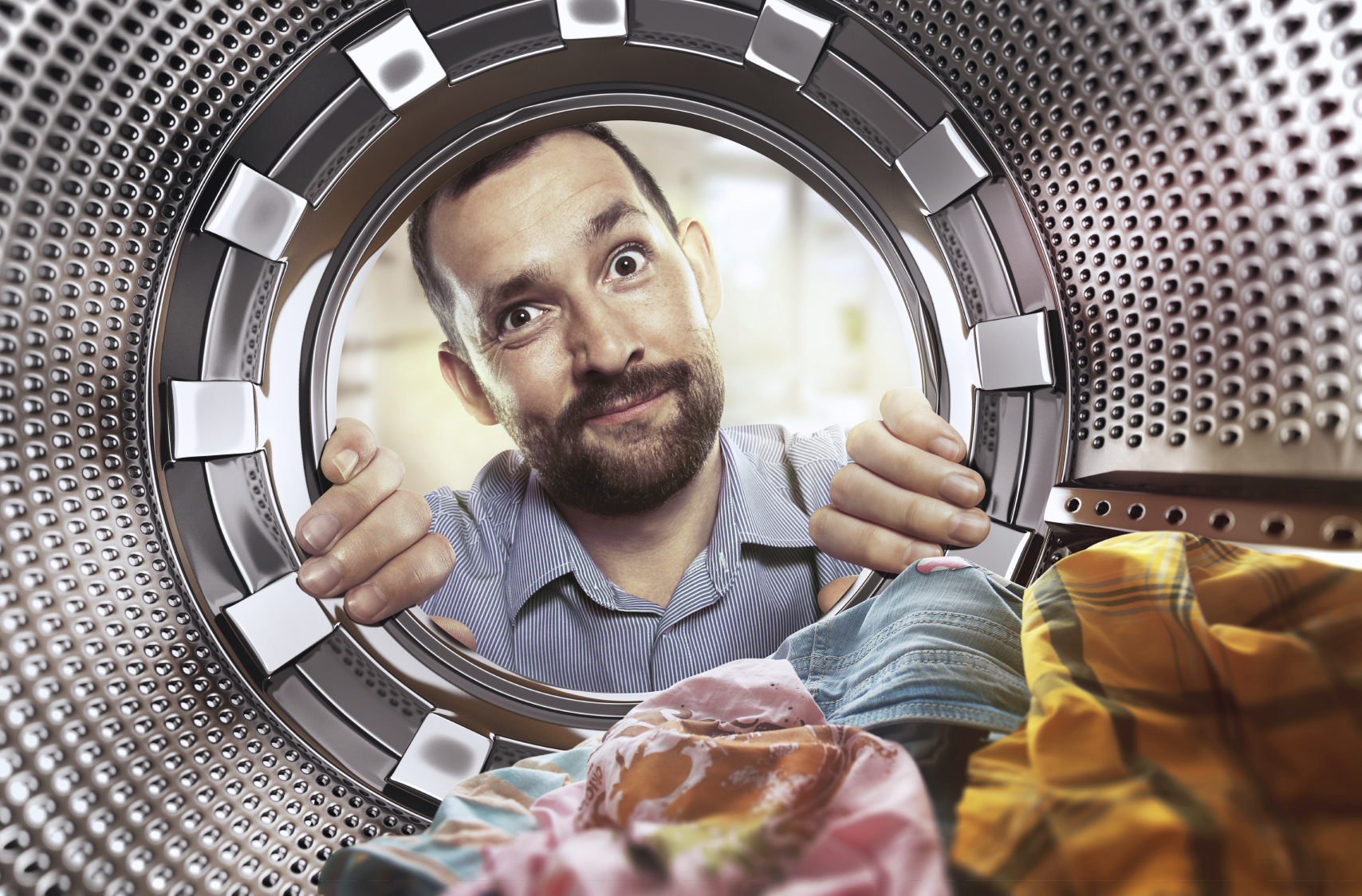
What is it?
Thermoelectric clothes dryers promise to be a more efficient way of drying clothes in homes. Most home dryers currently provide heat in one of three ways: an electric resistance coil, natural gas, or a heat pump. Electric and gas dryers are less expensive, but also less efficient. Heat pump dryers are efficient but expensive—and dry clothes more slowly. Thermoelectric dryers strive to top both: efficiency at relatively low first cost.
How does it work?
A thermoelectric (TE) cell is a kind of solid state component—like a transistor. Surprisingly, a voltage applied across these cells stimulates a temperature difference to appear. Past cells produced only small temperature differences. However, recent improvements now make this technology practical for use in clothes dryers and other applications.
What are the most appropriate applications?
The technology is being developed for the residential clothes dryer market.
What are the savings?
Thermoelectric (TE) dryers are expected to have an energy factor of 6.2 pounds/kWh[1], corresponding to savings of roughly 40% compared to Energy Star’s baseline (electric resistance) dryer. With the typical three hundred loads per year, the expected savings would be about 360 kWh annually (roughly 1 kWh/load).
What are the non-energy benefits?
This technology will simplify the dryer design which should reduce maintenance costs.
What is the cost?
Costs are expected to be only slightly more expensive than conventional electric dryers—with a simple payback on the order of five years.
What is the status/availability of the technology?
DOE has substantially funded a joint effort with Sheetak, Inc. to build a prototype and demonstrate feasibility. The technology has already overcome two hurdles:
- Efficiency goal of 6.2 pounds/kWh energy factor demonstrated
- Durability of TE cells in a wet environment has been proven
However, drying time at this energy performance level remains long—similar to heat pump dryers.
What kinds of incentives/programs are available?
As of now, TE dryers are not yet available for purchase. However, if DOE & Sheetak can reduce drying time while maintaining already proven efficiency levels, then the product would appear to have a solid place in the dryer market. Incentives would be sure to follow.
[1] The Combined Energy Factor (CEF) rates the pounds of clothes dried per kWh of energy (gas or electric) used under prescribed test conditions.




